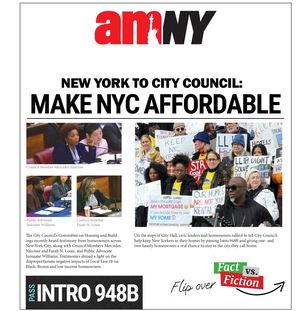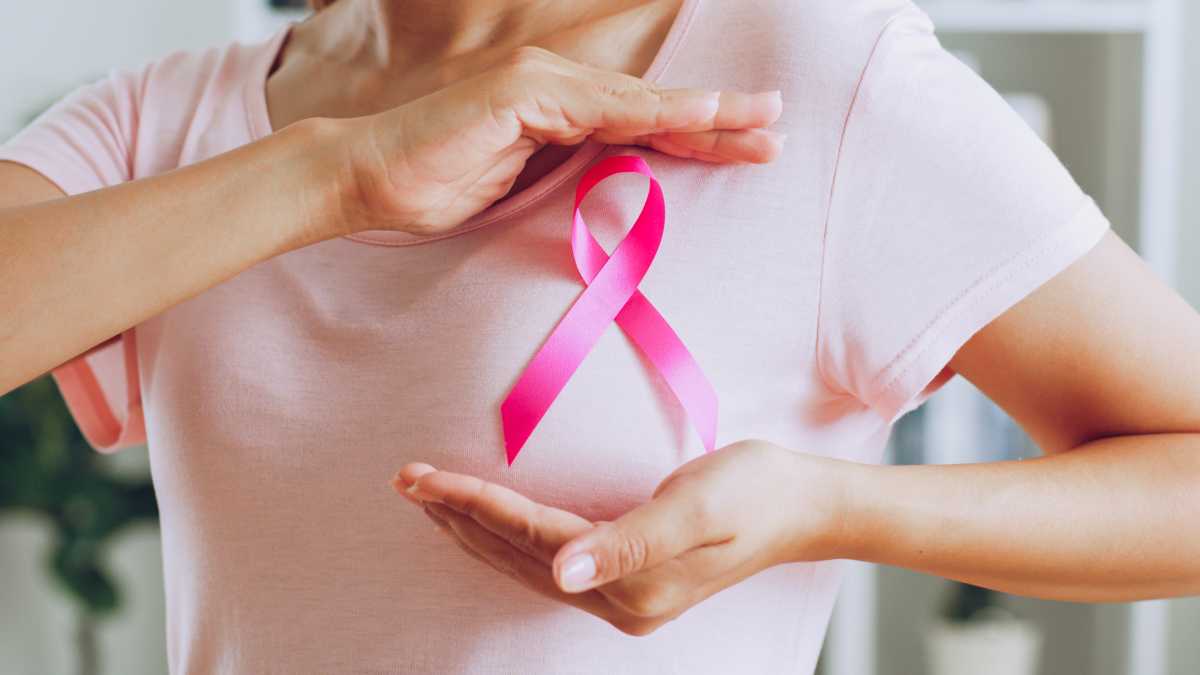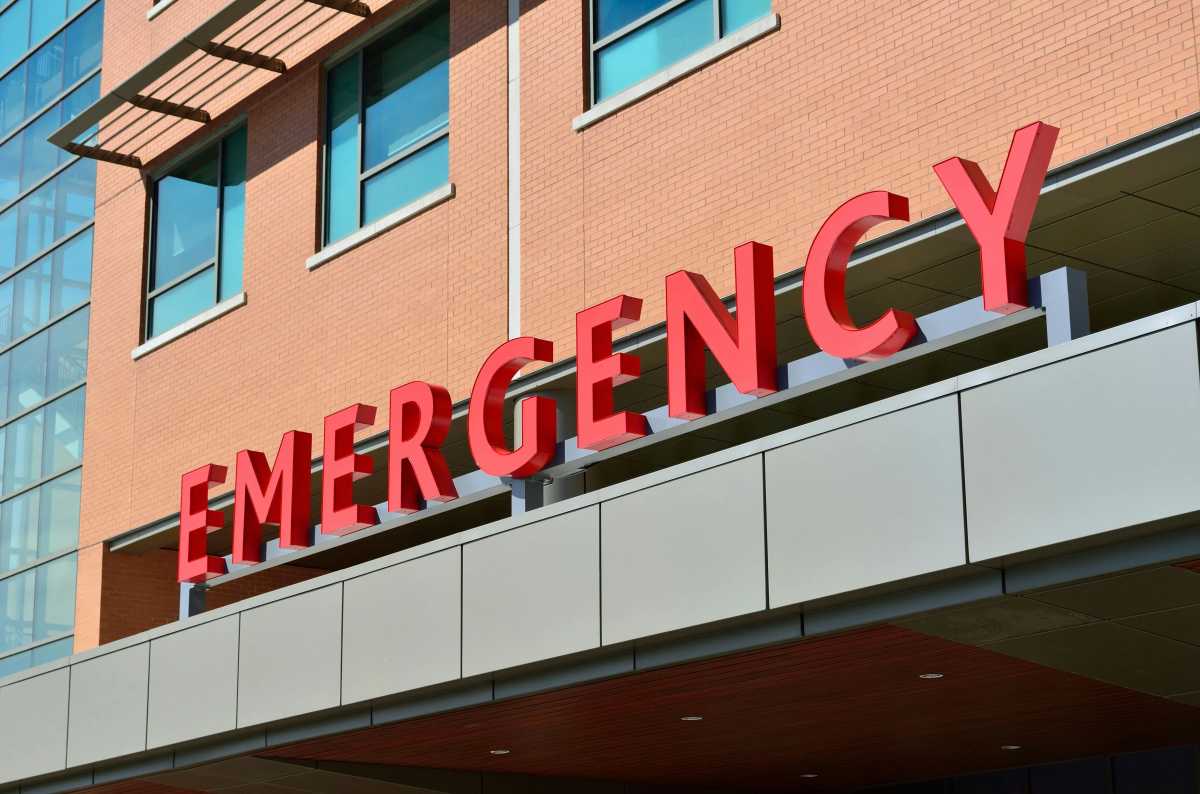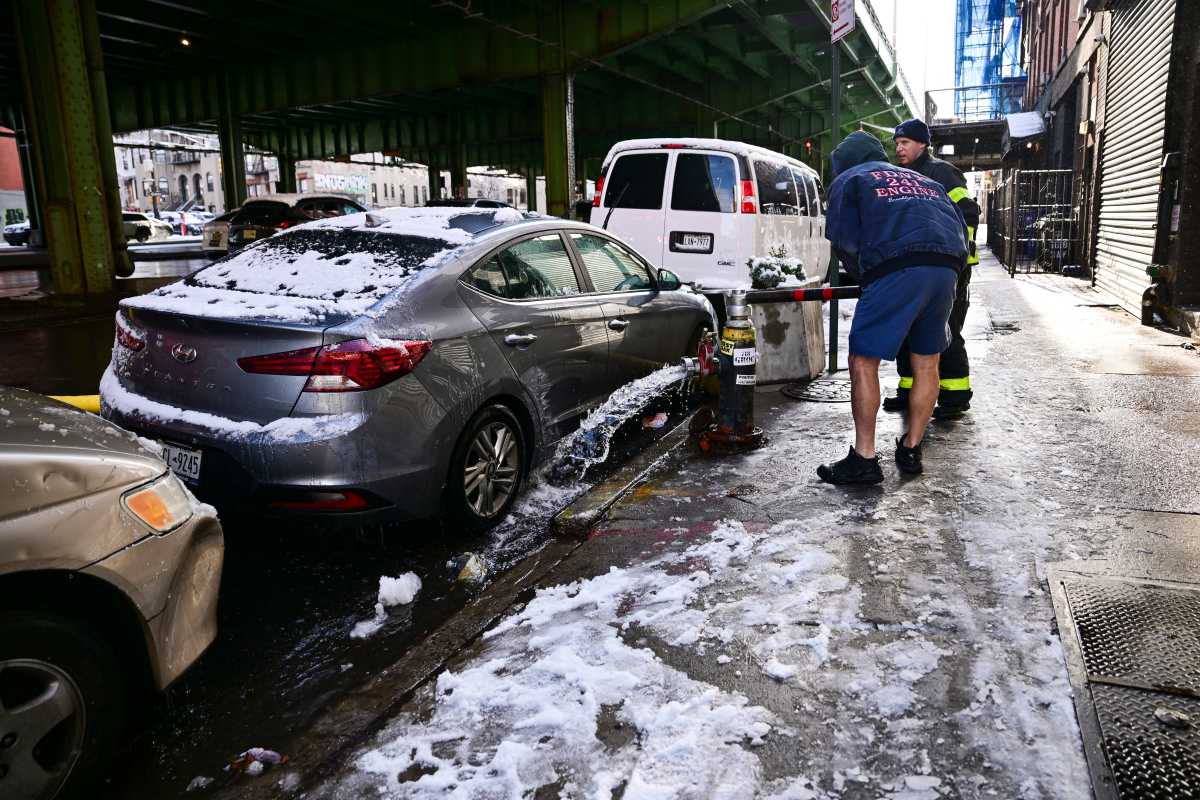Few health headlines have sparked as much concern and conversation this year as the rise in breast cancer incidence among women under 40.
Since the release of new reports by the American Cancer Society and National Cancer Institute, experts have been racing to solve the riddle of why, despite developments in medicine and growing health consciousness, the life-threatening illness is notably affecting a demographic once believed to be outside the risk group.
Cancer and social epidemiologist Rebecca Kehm, with several other researchers at the Columbia University Mailman School of Public Health, has been part of this investigation, examining geographic variation in the trend. Now, observing the panic, Kehm reminds us that “although rates are increasing, breast cancer is still relatively rare under 40.”
Kehm responded skeptically to the idea of revising mammography guidelines. “It doesn’t make sense to do routine population-wide screening under age 40. The data just really doesn’t support that.” Though generally safe, breast imaging exposes patients to a small dose of radiation.
“We do want to take that into consideration when thinking about harm versus benefit,” she added.
That being said, any symptoms or lumps felt in the breast should never be dismissed, particularly for those with a strong family history of cancer.
“It’s about having a personal awareness about your body. If something feels wrong or abnormal to the person, they should follow up. And on the flip side, their clinician or healthcare provider also needs to take it seriously.”
These principles around prophylaxis and diagnosis are, however, by no means recent. “The data shows that there has been a steady increase for decades. So this is not a new phenomenon,” said Kehm. “We don’t think that this increase is due to some kind of new exposure that has popped up.”
While her paper listed Maryland, New York, New Jersey, Hawaii, and Connecticut as the five states with the highest early-onset incidence from 2001 to 2020, Kehm insists that no single aspect, including geography, can explain breast cancer risk or the multidimensional way it has evolved over time.
“Cancer is so complex and caused by so many different factors that it’s likely to be a number of different changing forces in our environment and in our lifestyle that’s leading to this increase.”
For all New York residents concerned about atmospheric exposures, such as air pollution, this offers a measure of reassurance.
At the same time, Kehm is careful not to minimize the topic. Instead of trying to “pinpoint one silver bullet,” she suggests energies be redirected towards filling the gaps in our understanding of female physiology.
“All of this shows that we really need more research focused on women’s health across the life course,” she said. “That would help us understand what normal breast development looks like and then what’s going on when we do see cancers arising at younger ages.”






































